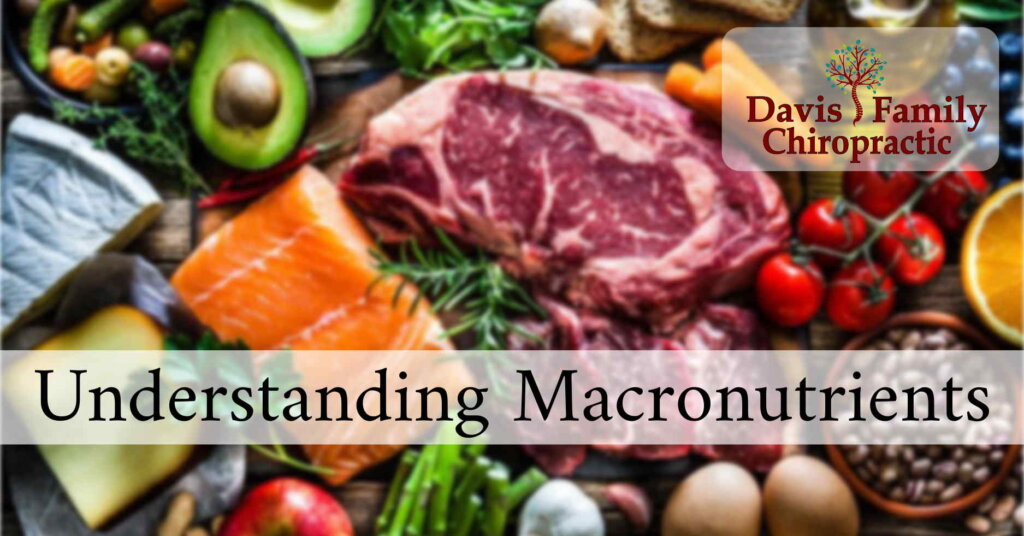Macronutrients are carbohydrates, proteins, and fats – the nutrients our body uses in the largest amounts. The combination of these three “macros” make up what we call calories.
Calories are a scientific measurement of heat. Specifically defined as “the energy needed to raise the temperature of 1 kilogram of water through 1 °C, equal to one thousand small calories and often used to measure the energy value of foods” (source). Our bodies need calories to produce energy. We gain calories by eating, and burn them through activity.
For the macros:
- 1 g carbohydrate = 4 calories
- 1 g protein = 4 calories
- 1 g fat = 9 calories
This is why not all foods are created equal and why some contain more calories than others. It’s also not just about how many calories you eat, it’s about eating quality foods for your caloric intake.
Carbohydrates
More often referred to as “carbs”, carbohydrates provide your body with heat and energy. Common foods that contain carbs are rice, potatoes, and breads. There are three types of carbohydrates: starches (found in vegetables, beans, grains, pasta, and bread), sugars (found either naturally in fruits, milk, etc., or can be added to food, like with granulated sugar, brown sugar, honey, etc.), and fibers (found in beans, fruit, veggies, whole grains, nuts, etc.).
Healthy eating habits will focus carb intake through fibers and starches, while limiting sugars (especially those not naturally occurring).
Protein
Proteins build skin, hair, muscles, nails, and all of our organs. Also our hormones, our immune system, our digestive system, and our blood all use protein to function correctly. When we eat protein, our body breaks this down into amino acids which are vital to our development and proper bodily functions.
Foods high in protein include lean meats, fish, eggs, dairy, and nuts.
Our body uses carbohydrates and fats to help break down the protein we eat. This is why eating a balanced diet is essential for your overall health.
Fat
Fat makes food taste better and makes us feel full longer, but what does it do for our bodies? Believe it or not, fat is also an essential part of our diet and nutrition, meaning we literally cannot live without it. While our bodies require small amounts of “good fat” to function and help prevent disease, a lot of diets contain far more fat than the body needs. Too much fat, especially too much of the wrong type of fat, can cause serious health problems, including obesity, high blood pressure, and high cholesterol, all of which can lead to a greater risk of heart disease. (source)
There are three types of fats: Unsaturated fats come from vegetables and are considered the most healthy form of fat. Unsaturated fats help reduce heart disease and lower cholesterol levels. Saturated fats generally come from animal sources like meat, dairy and eggs. These fats are normally solid at room temperature. Hydrogenated or Trans fats are manufactured fats used in processed foods to increase shelf life. These types of fat are the worst for your health and can contribute to high cholesterol and heart disease.




Pingback: Quick Tips for Portion Control - Davis Family Chiropractic
Pingback: The Truth Behind "Low-Fat" Marketing - Davis Family Chiropractic